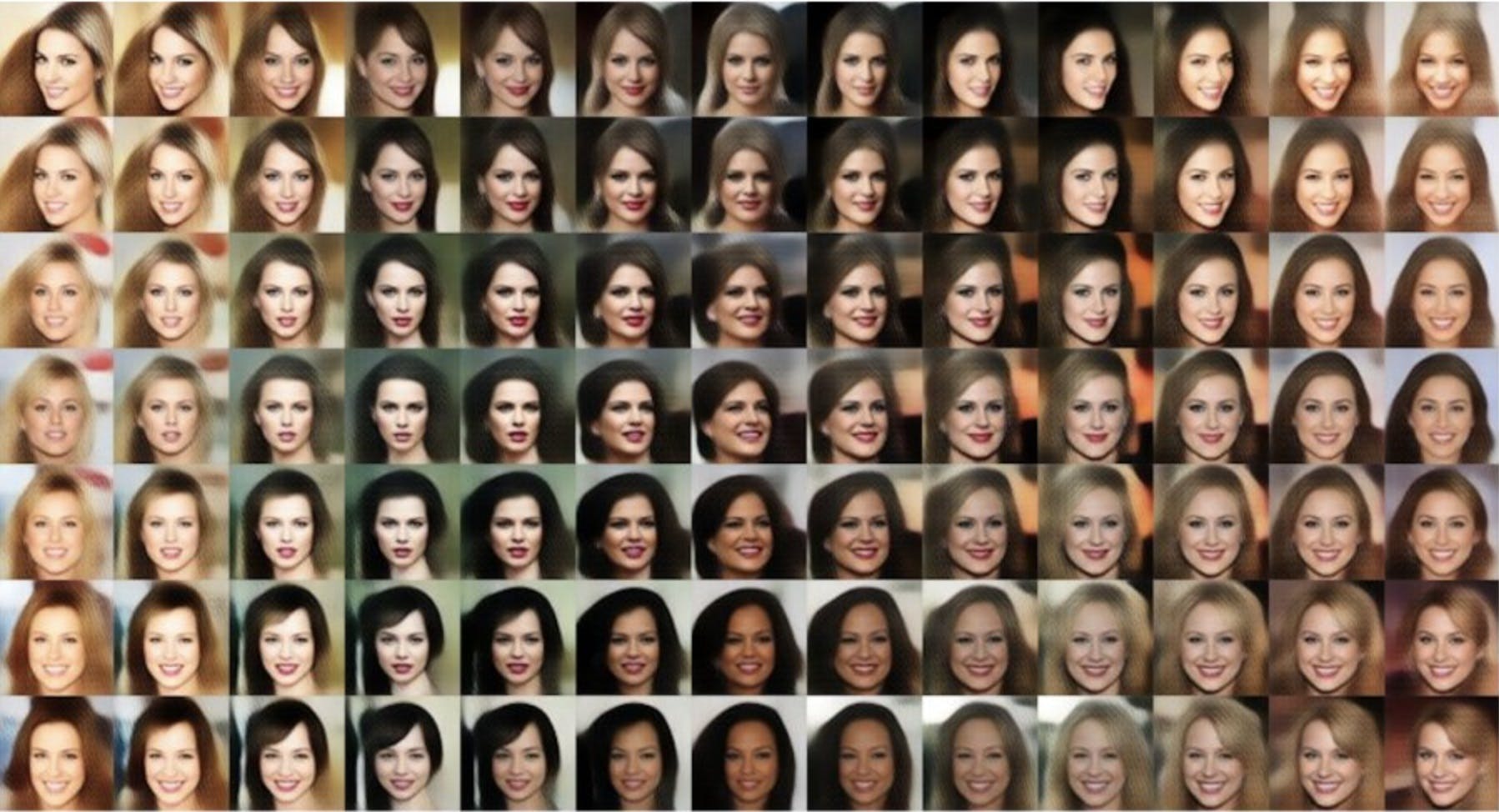Latent space interpolation is a powerful concept at the heart of deep generative models such as Variational Autoencoders (VAEs), Generative Adversarial Networks (GANs), and Diffusion Models. It allows machines to generate entirely new and coherent outputs—images, sounds, videos, or texts—by smoothly transitioning between existing data points.This article demystifies latent space interpolation, explains why it matters in AI, and illustrates its real-world implications with practical examples and visual guides.
What is Latent Space?
To understand latent space interpolation, we first need to grasp what a latent space is.
In machine learning, especially deep generative models, data like images or audio is encoded into a compressed form—a latent representation—which resides in a lower-dimensional space called latent space.
- The latent space is not directly observable.
- It captures the essence of the input data.
- Each point in latent space corresponds to a possible output (e.g., an image or sound).
Think of it as a map: real-world data is like cities, and latent space is a compressed map showing their positions based on shared features like style, color, or shape.
What is Latent Space Interpolation?
Latent space interpolation is the process of moving between two or more points in this space and observing how the output changes. It’s like morphing one image into another, with each step representing a blend of both.
Why interpolate?
- To explore the continuity of the latent space.
- To generate transitional outputs.
- To evaluate the smoothness and generalization of the model.
Interpolation helps us verify if a model has learned meaningful structures or simply memorized data.
How Interpolation Works
Step-by-Step:
- Encoding:Start with two real data samples, say image A and image B. These are encoded into points z₁ and z₂ in the latent space.
- Interpolation:Compute intermediate points between z₁ and z₂ using a linear or spherical interpolation method:zt=(1−t)⋅z1+t⋅z2where t∈[0,1]z_t = (1 – t) \cdot z_1 + t \cdot z_2 \quad \text{where } t \in [0, 1]zt=(1−t)⋅z1+t⋅z2where t∈[0,1]
- Decoding:Feed each z_t into the decoder of the model to generate outputs like intermediate images.
Linear vs. Spherical Interpolation
Type
Description
Use Case
Linear Interpolation (LERP)
Straight line path between two points
Fast and intuitive
Spherical Interpolation (SLERP)
Moves along the arc of a unit sphere
Better for preserving data structures
SLERP is often preferred in GANs and VAEs because latent vectors often lie on a sphere due to normalization techniques.
Visual Guide: Latent Space Interpolation
Here’s an illustrative chart showing how two points in latent space are connected through interpolation:
Each point between the red dots represents a generated sample interpolated between two encoded images.
Applications of Latent Space Interpolation
1. Image Morphing
Used in tools like StyleGAN, it allows:
- Face morphing (e.g., young → old)
- Style transitions (e.g., photo → cartoon)
2. Data Augmentation
Interpolation can synthesize new training samples between existing ones, improving model robustness.
3. Creative Design
Artists use interpolation in latent space to generate abstract art, fashion prototypes, or interior layouts.
4. Music and Voice
In models like Jukebox by OpenAI, interpolating latent representations of music clips can create smooth transitions between genres.
5. Reinforcement Learning
Latent spaces of learned policies can be interpolated for transferring skills between agents.
Example: Interpolating Between Handwritten Digits
In a model trained on MNIST digits:
- Start with the digit “1” and “9”.
- Interpolate in latent space.
- Intermediate digits might look like 2, 3, 4… all the way to 9.
This shows the model has learned a semantic understanding of digits.
Why It’s Important
Latent space interpolation isn’t just a neat trick—it’s a litmus test for the quality of learned representations. A good model will show:
- Smooth transitions
- Coherent semantics
- Diverse but valid outputs
If interpolated outputs look like noise or nonsense, the model might be overfitting or not generalizing well.
Limitations
- Non-linearity: Real data distributions may not align well with linear paths in latent space.
- High-dimensional risk: As dimensionality increases, interpolation can lose meaning without proper regularization.
- Model bias: Some parts of the latent space may be less explored or undertrained.
Beyond Visual Data: Interpolation in NLP
In language models (like GPT):
- Words or sentences are encoded in embedding spaces.
- Interpolating between word embeddings (e.g., king → queen) reveals semantic transitions.
- This is the core idea behind analogy tasks (e.g., man : king :: woman : ?).
Tools and Libraries for Latent Interpolation
If you want to try latent space interpolation in practice, here are a few tools:
- TensorFlow
- PyTorch (for VAEs, GANs)
- RunwayML (no-code)
- Google Colab notebooks with VQGAN+CLIP
Infographic: Latent Interpolation Pipeline
Future Possibilities
Latent space interpolation is paving the way for:
- AI creativity: AI-assisted writing, music generation, and artistic evolution.
- Human-AI collaboration: Designers can co-create with AI using sliders to interpolate styles.
- Better Explainability: Interpolation helps visualize how AI perceives and generates meaning.
As AI systems grow, latent space navigation will be as important as data itself.
Conclusion
Latent space interpolation is a vital tool for exploring how AI models “understand” and “generate” data. It plays a foundational role in generative art, model evaluation, and creativity enhancement.
Understanding this concept equips you to critically assess generative AI systems and also opens doors to innovation in fields like art, music, design, and even science.


